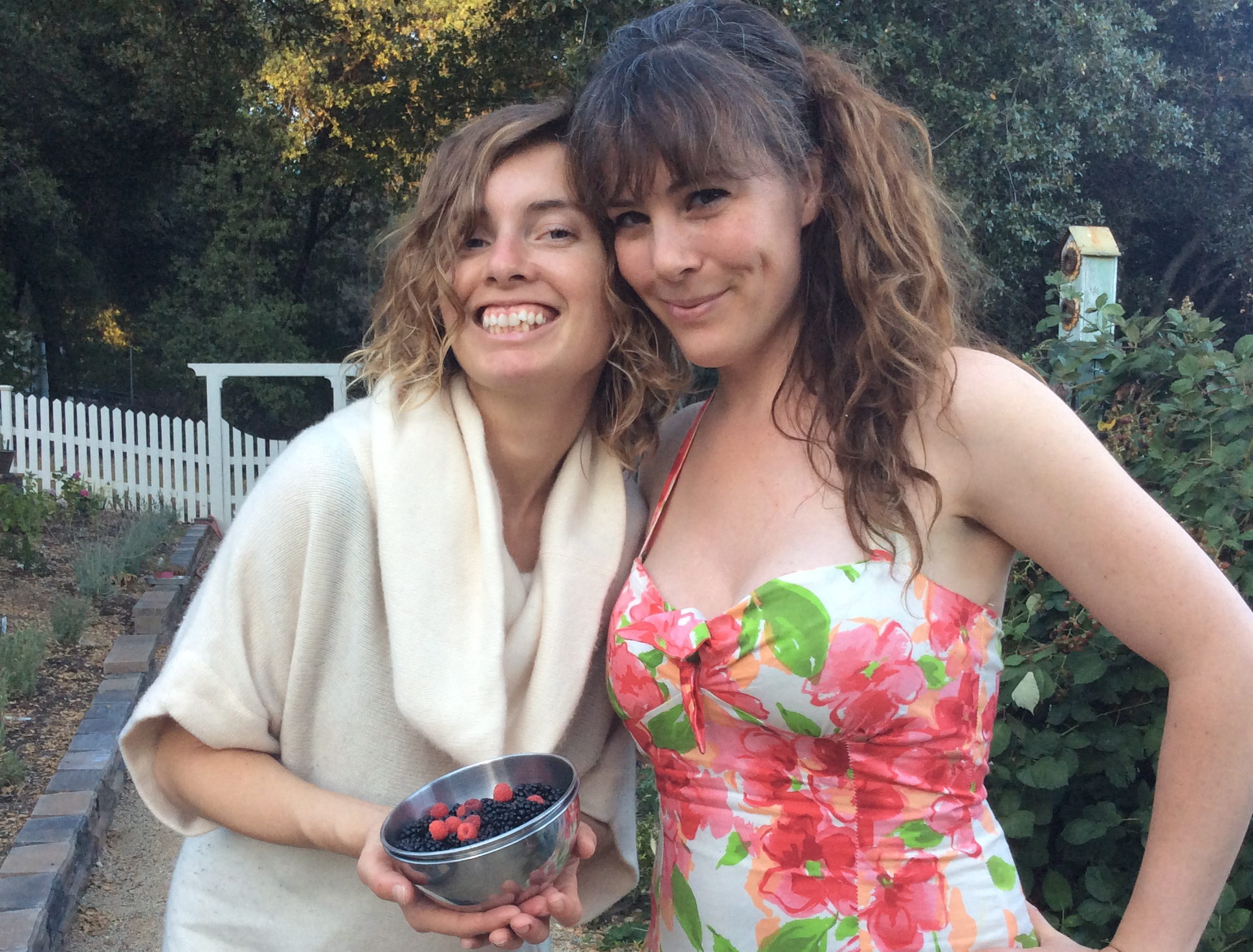There is a wide range of perennials and evergreens you can use to attract a broad spectrum of birds and pollinating insects. About 10 years ago, I designed a garden with a couple questions in mind; what type of pollinators do I want to attract? Is their a particular time of the year we need them? Can I create a harmonious sustainable balance of pest control without using the use of harsh pesticides?
Time, research, and experience helped me figure out what pollinators I wanted and what would benefit the garden. I’m going to share a list of plants that will help attract pollinators to your garden.
What is a pollinator?
Bees are usually the first insects that come to mind. There are multiple types of pollinators, the most desirable pollinators are honey bees, hummingbirds, butterflies, moths, some wasps, ants, and some flies.
Bees

Bees are essential to life on Earth. Their busy working collecting nectar and pollen ensuring that plants are pollenated. Honey bees play a vital part in our world’s food production and in our planets environment. Did you know honey bees have pollenated one mouthful of our food in every three we eat? This especially applies to fruit, nuts, seed, and oils. Bee’s also help pollenate wildflowers. This also plays an important role because it help ensure that the birds and mammals that need an adequate supply of nuts, seeds, and juicy berries to survive the cold and harsh winters.
Bees are attracted to blue, purple, white and yellow flowers. The larger the cluster of flowers the better they can be seen. As your designing your garden, try to keep like colors together. Choose a wide array of flower sizes to accommodate different species of bees. Bees favor sunny areas sheltered from the winds.
Humming Birds

I remember walking by a house that had a dozen or so hummingbird feeders. Oh boy, the place was surrounded with hummingbirds flying around chasing each other. It was really entertaining to watch. Getting a hummingbird feeder is one way to attract them, however there are more natural and sustainable ways to invite them into your garden.
Hummingbirds are amazingly adapted pollinators, and they play an important role in the food web, pollinating a variety of flowering plants. Some tropical hummingbirds are at risk, like other pollinators (honey bees), due to habitat loss and changes in the distribution and changes in the abundance of nectar plants.
“If hummingbirds disappear, the diversity of plant decreases and in the long term the ecosystem will end up poorer” Claudia Rodrigues.
Did you know that the hummingbirds is the most important pollinating bird in the Americas?
“When cities grow, we’re removing forests, where the vegetations that hummingbirds use to feed, and reproduce”, Claudia Rodrigues, a biologist working in the “Urban Gardens” project in Mexico City.
When I’m outside attending the garden I enjoy my little brakes watching and the listening to the hummingbirds sing.
Hummingbirds are attracted to nectar-riched tubular shape flowers, sturdy enough to support the pressure of the birds beak when it visits the flower. They tend to gravitate towards red, yellow, and orange colored flowers.
When you create a habitat with abundance in nectared-riched flowers, you will surely to attract these beautiful creatures. Once you’ve attracted the hummingbirds they’re not hard to keep around. Just be sure to always have a good source of food year-round. You can do this by planting a variety of tubular flowering plants that bloom at different times of the year. Although a hummingbird feeder do not contribute significantly to their population protection, these devises allow us to appreciate the magneficient birds admire their beauty from the comfort of our residence. I truly enjoy looking out the window watching a red breasted hummingbird hover over a red-flowered pineapple sage on a sunny fall morning.
With all pollinators, any form of shallow water (especially during hot times) is going to bring them in and keep them coming back.
Butterflies

Butterflies are not only fun to watch but they also serve a critical purpose as well. If butterflies disappear, the world most certainly be worse off for children of all ages. Truly it is much worse than that. Many flowering plants are so closely linked to butterflies (and vice versa) that one cannot survive without the others. Reality check right? All these little creatures on our planet play a vital sustainable role in our ecosystem. There’s defiantly an intelligent design that constructed this blue sphere floating in space rotating around the fireball that we call our sun.
Butterflies tend be similar to bee’s, they like cluster of small flowers creating a larger flower ( ex.yarrow, lantana, spires, alyssum, coneflowers, and goldenrods) providing a landing platform. Did you know butterflies taste with their feet?
Butterflies are attracted to brightly colored red, yellows, orange- colored spectrum. If you don’t have a large space to plant a large variety of perennials, planting a small container herb garden on a sunny patio filled with oregano, rosemary, and borage will encourage our wing friends to visit. Wildflower seeds is an easy and inexpensive way to cover a large space.
Pesticide Free Zone
When we are inviting pollinators into the landscape it is important to limit the harsh pesticides. Products cannot forewarn the damage they can incur. The simplest approach is to keep our plants healthy. A healthy plant can defend itself and will not attract pest. If you find the pest, identify the bug and then find the most organic solution. Limit spraying during daytime, that is when the good guys are active.


 Welcome to Life Beyond The City. A blog that encompasses so many of the things that I love and my quest for self sufficiency.
Welcome to Life Beyond The City. A blog that encompasses so many of the things that I love and my quest for self sufficiency.